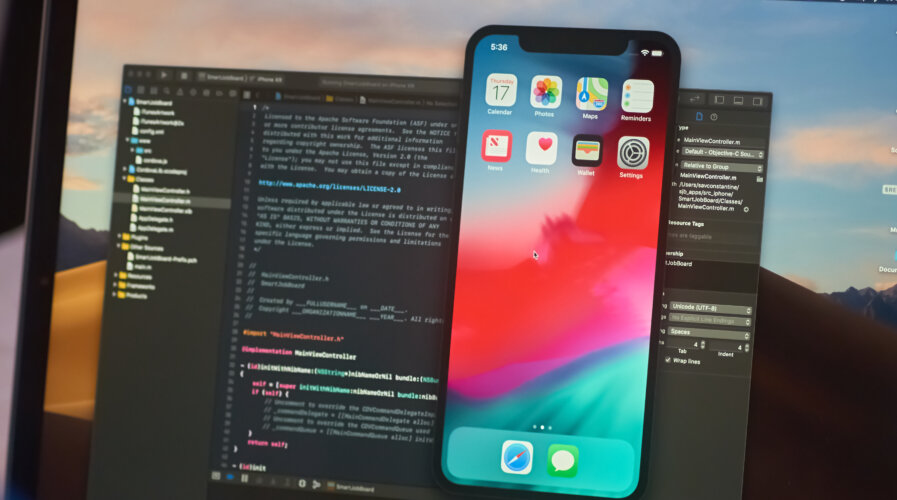
Can no-code platforms empower businesses to build apps and drive innovation?
|
Getting your Trinity Audio player ready... |
The shift to building apps without coding through low and no-code software development has the potential to alleviate the workload of overburdened technology professionals. However, as more app builders create solutions using these no-code platforms to build apps, new types of workloads may arise and consume their newly acquired time. As a result, companies must provide guidance to prevent user-created applications from overwhelming the organization.
No-code platforms simplify product creation without requiring code writing. They offer developers a suite of tools and components for rapidly creating applications. These tools and components often feature pre-built templates and customizable options, enabling developers to create products that suit their needs easily.
Embracing low-code and no-code approaches to build apps
Industry experts and leaders agree that when IT budgets are constrained, skilled tech talent is scarce, and business users demand increased capabilities, low and no-code approaches are becoming increasingly important. Companies are adopting these platforms for various reasons, including automating manual processes, modernizing their application landscape, and decentralizing application development to reduce IT backlog.
Although these platforms may still require some IT support, enabling businesses to build simple applications within a standardized platform helps address staffing challenges for application development.
Adapting IT roles for low-code and no-code environments
As low-code and no-code platforms grow, IT professionals must adapt to roles such as stewards or curators of these environments. Establishing effective relationships between citizen developers and IT processes is crucial. For instance, an app built by a sales manager may require additional expertise for deployment, security, and other IT tasks, emphasizing the need for effective collaboration.
Low and no-code approaches are most effective when the visual constructs of a platform used by a citizen developer align well with the business concepts they already understand. Otherwise, citizen developers may need to acquire skills similar to professional developers, such as understanding fundamental computer science concepts like data structures, algorithms, and complexity.

Source – Shutterstock
By using low and no-code approaches, IT professionals can concentrate on maintaining platforms and integrating them into the broader ecosystem. However, they still need to be involved in many apps developed and used by business users or their IT colleagues. IT staff often become centralized managers of developed applications, while professional developers play a crucial role in defining coding standards leveraged by citizen developers and training new citizen developers.
Unlocking new opportunities with generative AI and simplified development
In the current landscape, there is increasing enthusiasm for machine learning models. Foundational models – large machine learning models that process language and other inputs like images – are responsible for the quick democratization of AI and the emergence of a new category of generative AI applications, or “Gen apps,” as reported by The Register.
Generative AI refers to machine learning models capable of generating text, images, code, videos, audio, and more from simple natural language prompts. Examples include ChatGPT, DALL-E, GitHub Copilot, and recent entries like Bard.
Foundational models allow new customer experiences and applications through offerings like machine learning platforms and no-code app builders. The transition from web to mobile applications has also influenced how people interact with technology, such as by using chatbots in customer service contexts.
Generative AI-augmented chatbots provide a more personalized experience than generic chatbots or static websites. Although the implementation costs might be higher, the return on investment is substantial as it eliminates lost opportunities associated with traditional methods. By integrating domain knowledge, these AI-augmented chatbots offer a tailored experience, such as dynamically generating comparison tables and recalling past interactions when users revisit a website—capabilities not found in conventional chatbots and static websites.
As such, the move toward low and no-code software development and the rise of generative AI can potentially revolutionize business operations. Embracing these technologies can help companies succeed in the ever-evolving world of technology, despite new challenges and workloads for tech professionals. By staying ahead of the curve and adopting these emerging technologies, organizations can unlock new opportunities for growth, streamline operations, and create more engaging customer experiences.
READ MORE
- Safer Automation: How Sophic and Firmus Succeeded in Malaysia with MDEC’s Support
- Privilege granted, not gained: Intelligent authorization for enhanced infrastructure productivity
- Low-Code produces the Proof-of-Possibilities
- New Wearables Enable Staff to Work Faster and Safer
- Experts weigh in on Oracle’s departure from adland


